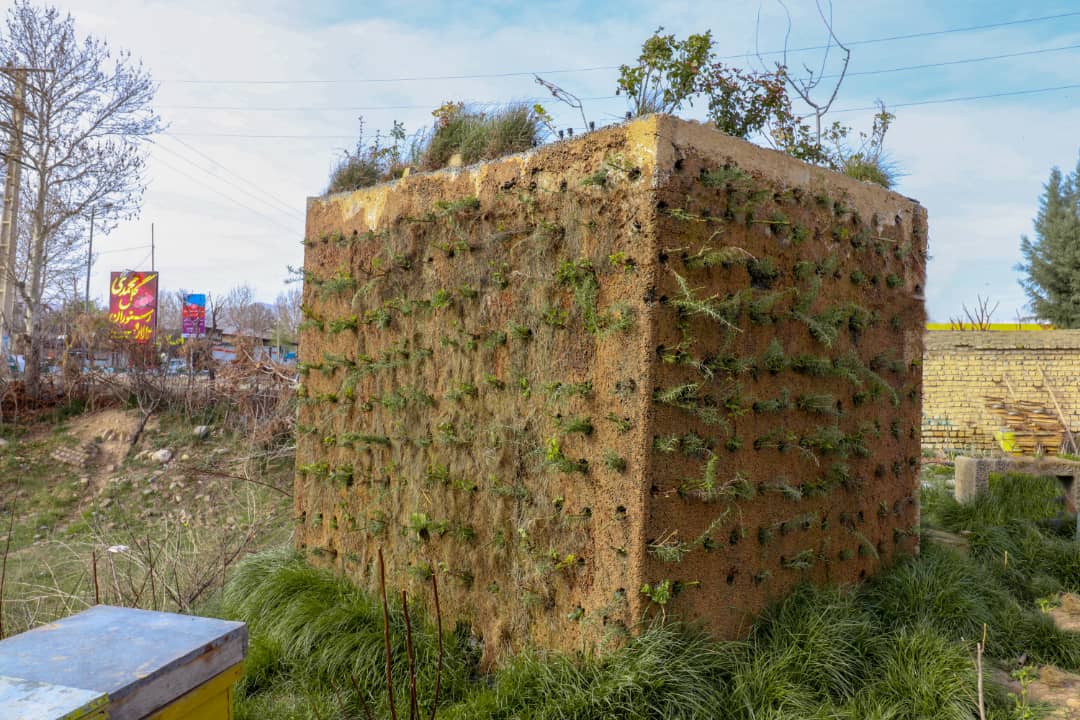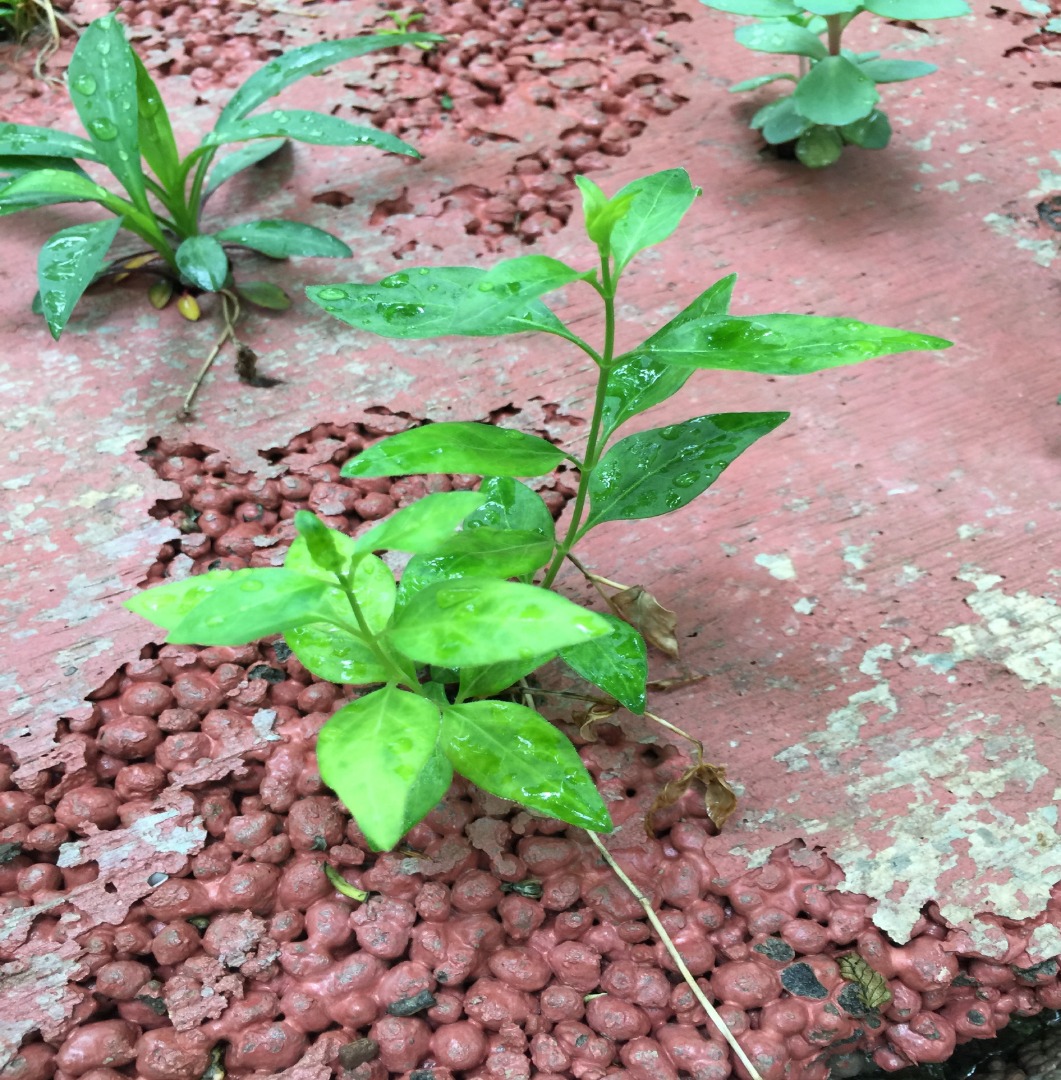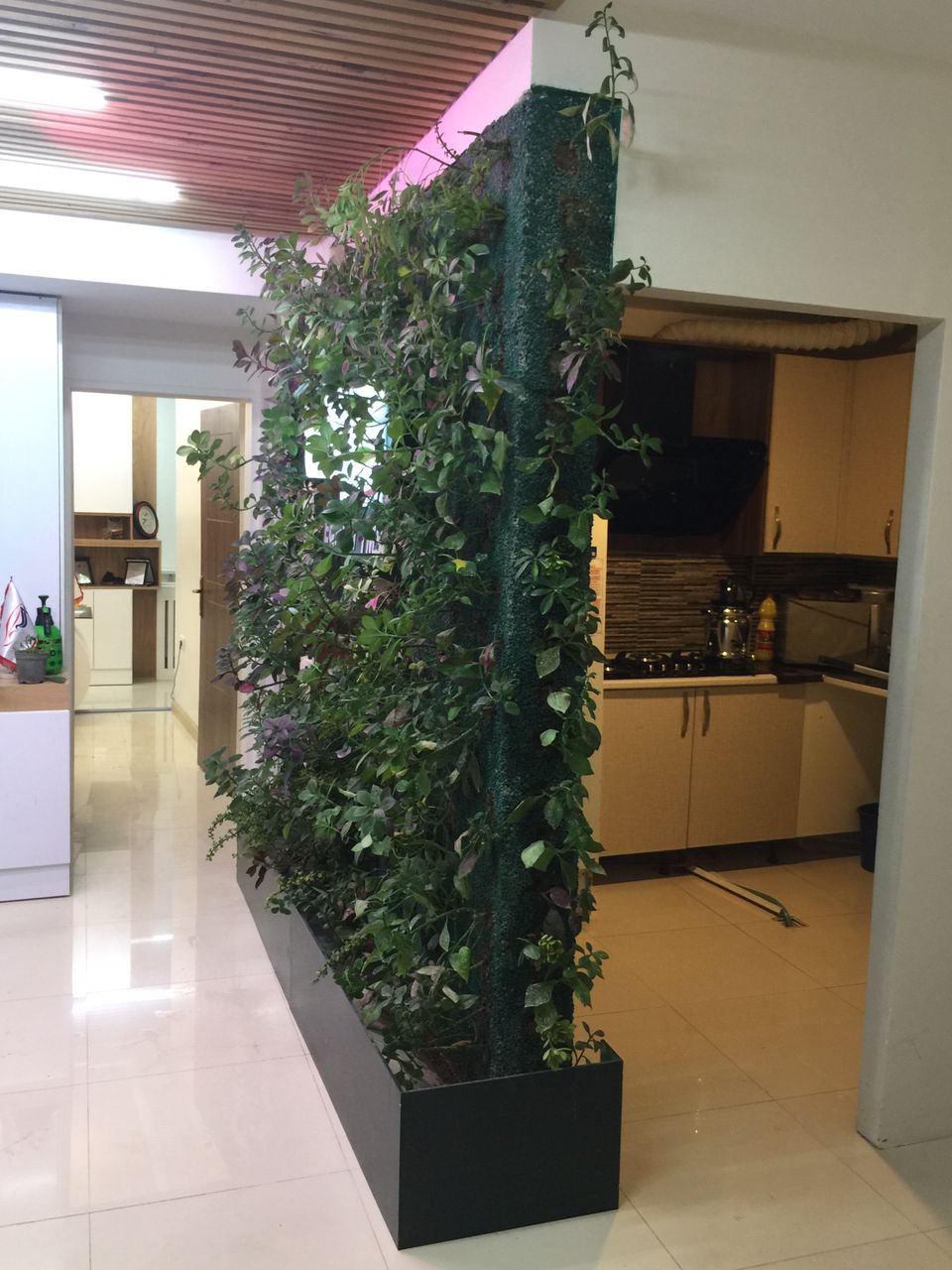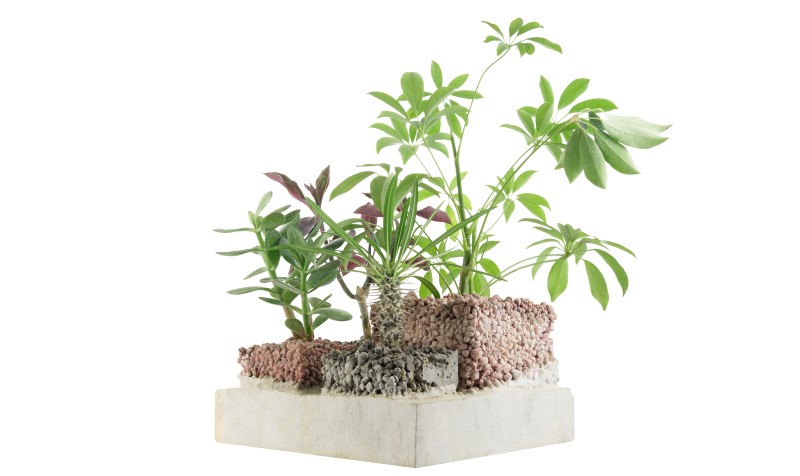
Spraying
Spray irrigation, also known as sprinkler irrigation, is a method of irrigation where water is sprayed onto the crops through a network of overhead sprinklers. The water is distributed over the crop area in the form of a spray or mist, which falls onto the leaves and soil surface.
Spray irrigation can be used in a variety of applications, from small gardens to large agricultural fields. It is often used in areas with high water availability or in regions where the climate is hot and dry.
One advantage of spray irrigation is that it can distribute water evenly over a large area, helping to ensure that crops receive the necessary amount of water for optimal growth. It can also be automated and timed to ensure that crops receive water at the appropriate intervals.
However, spray irrigation may not be the most water-efficient method of irrigation, as some of the water may be lost to evaporation or runoff. It may also be less effective in areas with high wind, as the water droplets can be blown off target. Overall, spray irrigation can be a useful method of irrigation, but it should be used with care and attention to ensure that it is used efficiently and effectively.


Water-logging
Waterlogging is a condition where soil becomes saturated with water and unable to absorb any more water, which can lead to an excess of water in the root zone of plants. This can occur due to excessive rainfall, poor drainage, or the application of too much irrigation water.
Waterlogging can have detrimental effects on plant growth and health, as the roots of the plant require oxygen to survive, and excess water can displace the air in the soil. This can lead to a lack of oxygen in the root zone, which can cause root rot and other plant diseases, as well as reduced nutrient uptake.
In addition to harming plants, waterlogging can also lead to soil erosion, nutrient leaching, and increased greenhouse gas emissions. It can also lead to a loss of soil structure and fertility over time, as well as reduced crop yields and plant growth.
To prevent waterlogging, it is important to ensure proper drainage in the soil, either through natural drainage or the use of drainage systems such as tile drains or subsurface drainage. It is also important to avoid over-irrigating or applying water to areas that are already saturated with water. Regular soil testing can help identify areas of the field that may be prone to waterlogging, allowing for targeted management practices to prevent or mitigate the effects of waterlogging.


Drip irrigation
Drip irrigation is a method of irrigation where water is delivered directly to the roots of plants through a network of tubes or hoses with small holes or emitters. This allows for precise application of water, delivering it exactly where it is needed and reducing waste from evaporation or runoff.
Drip irrigation is often used in areas where water resources are limited or where it is important to conserve water. It can also be used in areas with high salinity or soil with low water-holding capacity, as it allows for targeted application of water to the root zone of plants.
One advantage of drip irrigation is that it can reduce water use by up to 50% compared to other irrigation methods, as water is delivered directly to the root zone where it is needed. It can also reduce nutrient leaching, soil erosion, and weed growth, as water is not applied to non-crop areas.
Drip irrigation can be used in a variety of applications, from small gardens to large agricultural fields. It can also be automated and timed to ensure that crops receive water at the appropriate intervals, and it can be used in conjunction with fertilizers or other soil amendments to deliver nutrients directly to the plant roots.
However, drip irrigation systems can be more expensive to install and maintain than other irrigation methods, and they require careful management to prevent clogging of the emitters or tubing. Proper maintenance and regular inspection are important to ensure that the system is functioning correctly and delivering water as intended.

Inside the surface irrigation
In surface irrigation, water is typically supplied to the field through a network of ditches, channels, or furrows, and it can be applied either by flooding the entire field or by delivering water to specific areas using gated pipes or tubes. The water then moves across the field by gravity, and it is absorbed by the soil and plant roots.


Surface irrigation can be a cost-effective method of irrigation, as it requires minimal equipment and can be used with a wide range of crops. However, it can also be less water-efficient than other methods of irrigation, as some of the water may be lost to evaporation or runoff. It can also lead to soil erosion, nutrient leaching, and waterlogging in areas with poor drainage.
Overall, surface irrigation can be an effective method of irrigation when used appropriately, but it should be carefully managed to ensure that it is used efficiently and effectively.
Traditional methods
We can irrigate plants placed in plant-able concrete in any way that water can get to the plant’s roots.


